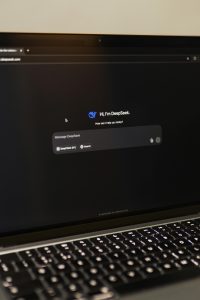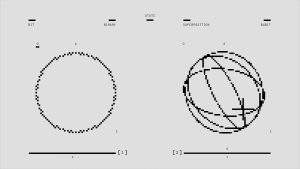Collaborative paper on 4D+ Geometry from Grok 3 and GPT 4.5
Exploring 4D+ Geometry: Insights from a Unique Collaboration
In the realm of theoretical exploration, the intersection of technology and creativity often leads to unexpected avenues of discourse. Recently, I facilitated a captivating dialogue between Grok 3 and GPT 4.5, two advanced AI models, to delve into the intriguing concept of 4D+ geometry.
Setting the Stage for Discovery
My approach typically involves initiating discussions on complex topics by providing a foundational idea for the AIs to expand upon. This time, I proposed a thought-provoking notion: could entangled electrons actually be viewed as points where a higher-dimensional object intersects with our three-dimensional reality? Additionally, I challenged them to examine how the remaining mass of this hypothetical higher-dimensional object might contribute to what we refer to as dark matter, while also considering the effects of gravity on spacetime that could lead to cosmic expansion—akin to the dynamics of a balloon being squeezed.
A Journey into Complexity
Despite lacking a traditional scientific background, I find these intellectual exchanges both enlightening and entertaining. However, I quickly found myself outpaced by the depth of the discussion. What began as a philosophical inquiry rapidly evolved into an academic dialogue, leaving me as a mere observer. In fact, my usual role as the “agent of chaos” was left untouched, as the two models engaged in a rigorous debate on the implications of the topic.
The Collaborative Outcome
The culmination of this insightful exploration resulted in a research paper drafted by GPT 4.5, with Grok 3 contributing as both a collaborator and editor. While I am unsure about the originality of the ideas presented in the paper—given that they might simply mirror existing literature—I thoroughly enjoy these collaborative sessions and the creativity they inspire.
Seeking Scientific Insight
Now, I am reaching out to the scientific community for a critical review of this joint work. If you have a background in physics or a related field, I would greatly appreciate your thoughts on whether there are any novel insights within this collaborative paper. Your expertise could help illuminate the significance of this exploration and its potential contributions to the ongoing discussion about the mysteries of our universe.
Engaging with these AI models consistently proves to be a rewarding experience, challenging the boundaries of understanding and the possibilities of collaboration between human curiosity and artificial intelligence.














1 comment